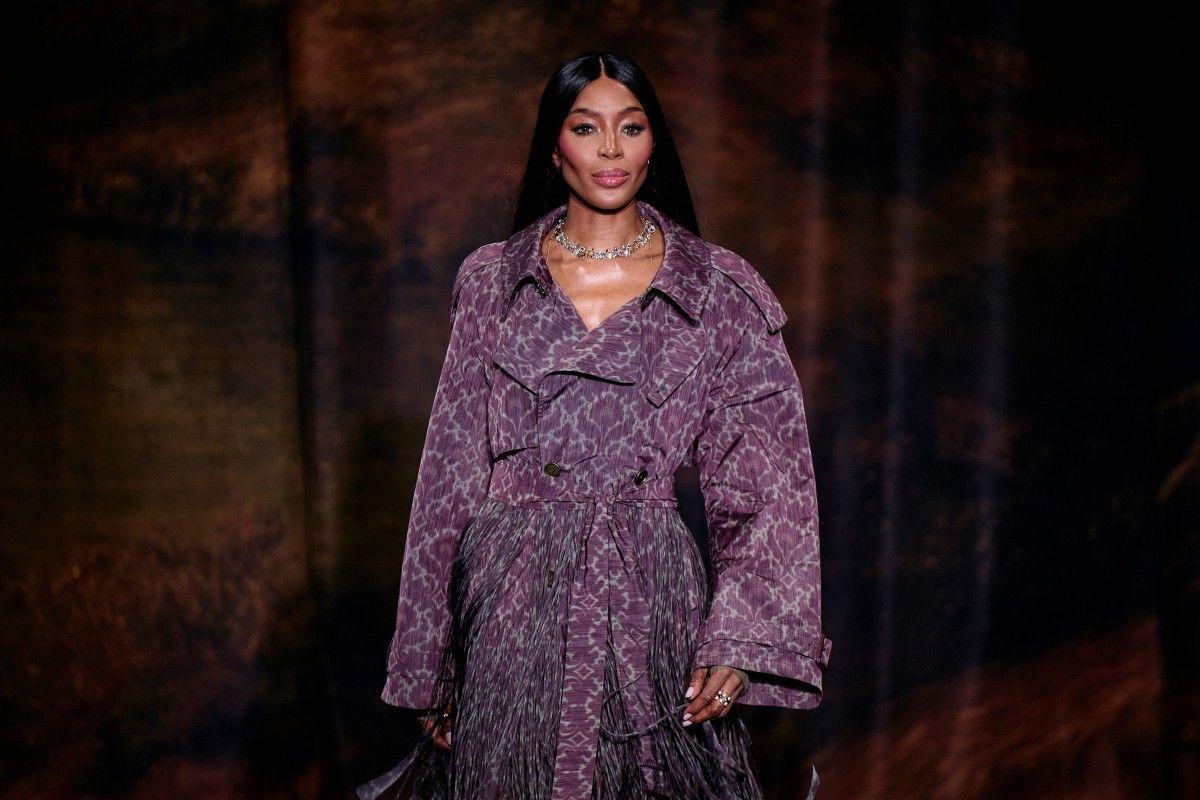
Burberry’s Autumn/Winter collection, presented at the end of a subdued London Fashion Week, combined classic British elegance with contemporary twists. Creative director Daniel Lee sought to reinvigorate the iconic brand with a countryside-themed show, evoking a nostalgic and intimate atmosphere in response to both financial challenges and the changing luxury fashion market.
London Fashion Week concluded on Monday with Burberry's Autumn/Winter collection, marking the end of a subdued event amid the rainy atmosphere of the British capital. The British luxury brand, under the creative direction of Daniel Lee, sought to lift the mood with a show inspired by a countryside retreat, taking guests to a warm, classic British country house setting. Lee, who took the helm at Burberry two years ago, drew inspiration from “incredible British interiors,” incorporating luxurious fabrics like velvet into iconic pieces such as the trench coat, tailored suits, and flowing dresses.
Floral-patterned quilted jackets and skirts echoed the tapestries draped on the pillars of Tate Britain, while oversized knit sweaters made their appearance, evoking the comforting feel of an evening by the fire. The collection, which balanced somber tones with vibrant splashes of orange, yellow, and blue, was influenced by Lee’s autumn walks through Yorkshire’s natural landscape. In an interview following the show, the 39-year-old designer shared his vision for blending Burberry’s traditional luxury with contemporary reinvention, which he achieved in his fifth collection for the brand.
The runway also featured notable names such as supermodel Naomi Campbell, along with stars from royal dramas like The Crown, Downton Abbey, and Bridgerton, reflecting the increasing popularity of period dramas. Burberry’s signature trench coat and tartan print remain central to the brand’s identity, though rumors circulate about Lee’s potential departure and a possible replacement by English designer Kim Jones. Lee dismissed the speculation, expressing his admiration for the brand and his pride in working for Burberry.
Burberry has faced significant financial struggles in recent months, prompting a strategic pivot to refocus on its iconic products. CEO Joshua Schulman, who joined the company in July, is steering efforts to restore the brand’s fortunes. Lee, speaking positively about the brand’s direction, confirmed improvements since Schulman’s appointment, and expressed optimism about the future.
The wider luxury market, however, continues to grapple with lower demand, with designers across London Fashion Week adjusting to a changing landscape. The event featured a range of striking designs, from Florence Pugh’s dramatic opening to Harris Reed’s rebellious collection and Stephen Jones’ avant-garde hats made from unconventional materials like chocolate and satin. The shows were a mix of bold 1980s-inspired skirts, corsets, streetwear, and high-fashion tailoring.
Despite the star power of designers like Simone Rocha, Richard Quinn, and Harris Reed, some industry experts believe London Fashion Week is struggling to keep pace with Paris and New York, with some labeling it as lacking in energy. Caroline Rush, director of the British Fashion Council, acknowledged the challenges facing British brands, including the impacts of Brexit and the pandemic. This year’s event was notably shorter than previous editions, with several designers opting for presentations instead of elaborate runway shows. Nonetheless, Rush emphasized the importance of the event for small, independent businesses looking to showcase their work to a global audience, asserting its continued relevance.
With AFP




Comments